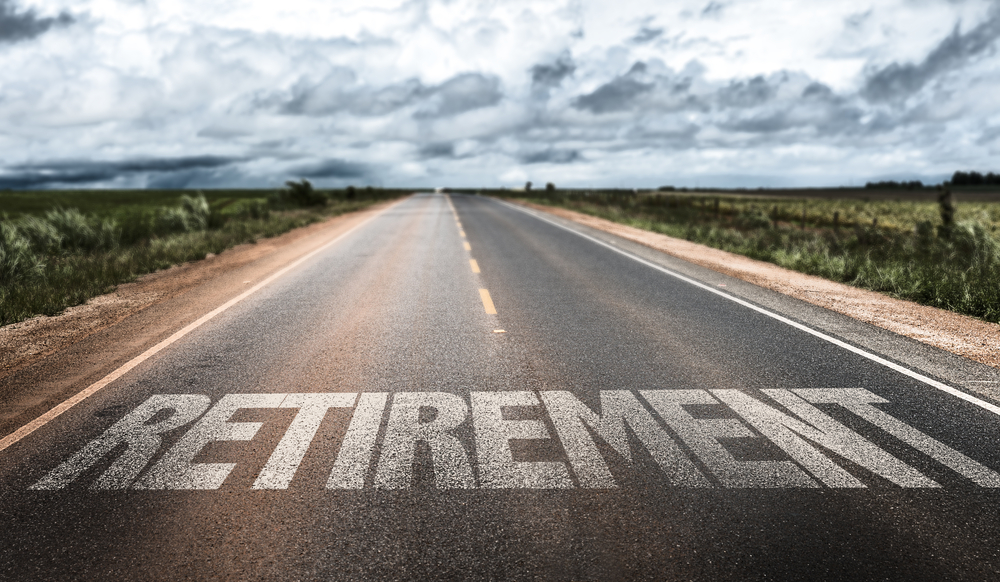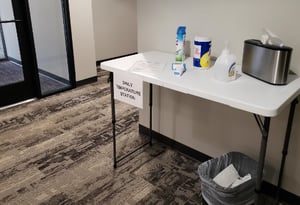There will be few, if any businesses that will emerge from the COVID-19 pandemic without being impacted financially or operationally. Safe to say, we are in uncharted waters right now as we deal with controlling COVID-19.
The personal health and safety of everyone is paramount and should be our focus right now. Following the CDC guidance and directives from local, state and federal governments around these vital health protocols is critical to slowing the spread of COVID-19.
People are being asked to severely limit travel, not to eat, drink or gather in restaurants, sporting venues, bars, casinos, not to attend gatherings of over 10 people and all of these restrictive actions are stifling economic activity and negatively impacting businesses of all kinds.
Will my commercial insurance cover this loss of revenue and expenses?
- These claims are very fact-dependent and will have to be fully investigated by your insurance carrier, before any coverage commitments (acceptance or denial) can be made.
- The cause of loss will be important. There are numerous causation scenarios, below is partial list of possibilities:
- Government mandated shut down
- Government restrictions, including travel, gatherings and curfews
- A confirmed COVID-19 exposure on site, nearby, and/or in your geographic area
- The imminent threat of COVID-19 exposure on site, nearby, and/or in your geographic area
- A supplier fails to deliver product/services or comply with terms of a contract
- You may receive a Reservation of Rights letter, and/or asked to sign a Non-Waiver agreement by your insurance carrier(s).
- This letter / form allows the insurance carrier to investigate the claim, without waiving any of their rights under the policy to deny coverage (if that is the conclusion) at a later date, when the investigation is complete.
- Coverage positions (acceptance or denial of your claim) will all vary by the cause of loss, policy forms, endorsements, terms and conditions, and the insurance carrier. There will be other factors that will be critical to the coverage decision as well.
- There are no broad based statements to be made here. Each policy will have to be fully examined and evaluated, against the facts of the loss and the damages incurred.
There is momentum building for government assistance programs, such as; bridge loans, cash payments, reimbursements, extension of credit deadlines, tax relief provisions, extension of the April 15th tax filing requirement and free virus-related medical care are among many options being discussed to assist business owners with liquidity issues and to provide incentives to continue to employ staff during this volatile time.
Record Keeping for COVID-19 Claim Filing and Documentation
It will be important that our clients that suffer economic losses related to COVID-19, keep accurate records during this time. If there are insurance policy recoveries to be claimed and/or government programs to access for assistance, documentation of economic losses and expenses will be required.
Here are some preparedness steps to take that can enable a smooth, efficient claim process with your insurance carrier:
- Organizing/documenting financial and/or property damages will be required
- Keep accurate business records around sales and sales declines from prior periods. (Income statements, banking records, sales receipts/records)
- Keep accurate records around contract cancellations or non-performance, including communications between parties, if any
- Keep accurate business records around payroll and employment levels (reduced pay, reduced hours or reduced number of required employees)
- Keep an accurate accounting of inventory levels and any inventory that had to be discarded
- Keep accurate business records around expenses that are incurred to maintain and support the business to enable it get back up and running, in the event of a loss or partial loss
If you do want to submit a claim for damages, your insurance carrier website will include details on the most efficient way to report the claim.
R&R Insurance can assist you in the claim process and will advocate on your behalf to ensure the proper determination of coverage is made.
The more organized your claim information and documentation is today, the easier it will be to determine actual losses, covered or uncovered damages later when this pandemic cycles through. This information will also be useful if government assistance programs are created to help as well.
For more information, visit MyKnowledgeBroker.com/Resources-for-Businesses
Posted: March 19, 2020





